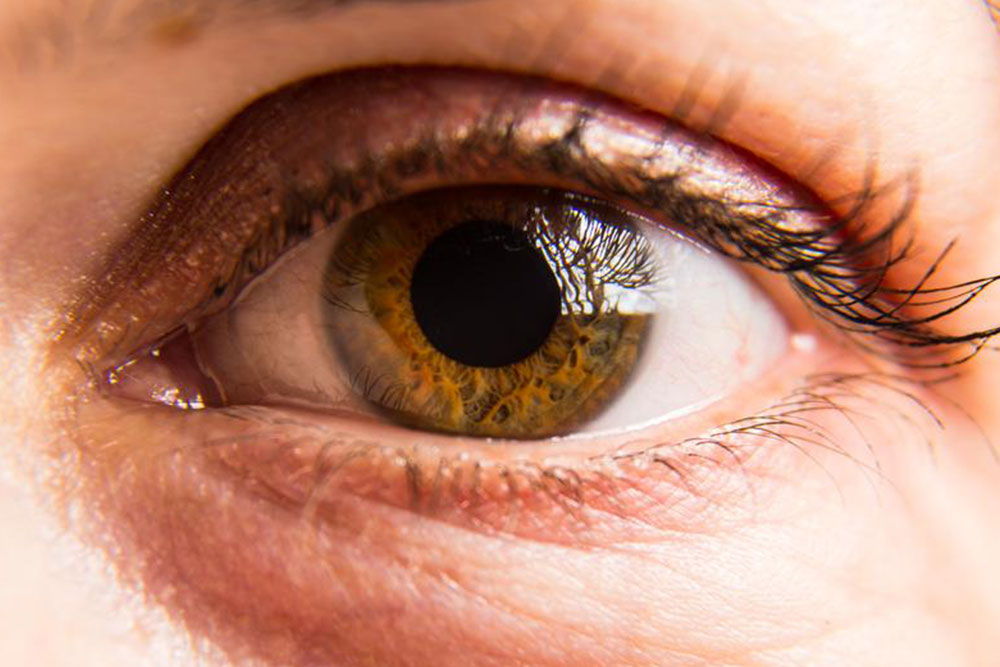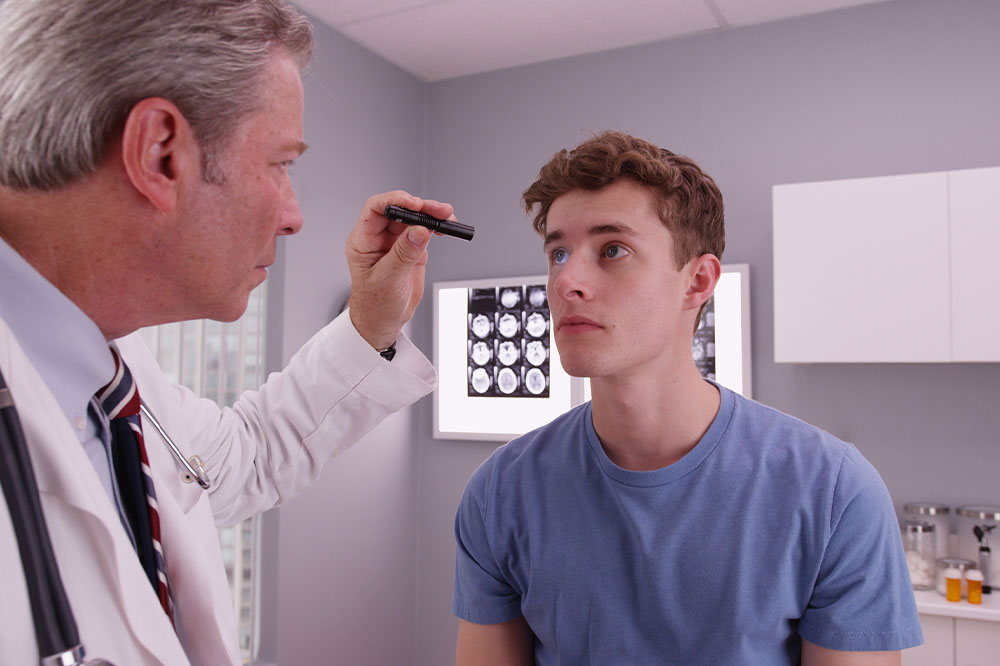Comprehensive Guide to Double Vision: Causes, Symptoms, and Effective Treatments
This detailed guide explores the causes, symptoms, and treatment options for double vision, helping individuals understand the condition better. Early diagnosis and tailored treatments are crucial for managing diplopia effectively and preventing complications. From eye muscle issues to neurological disorders, learn how to recognize signs and seek appropriate care to restore clear vision and improve quality of life.

Comprehensive Guide to Double Vision: Causes, Symptoms, and Effective Treatments
Double vision, medically known as diplopia, is a visual condition where an individual perceives two images of a single object. This phenomenon can significantly impact daily life, causing discomfort, confusion, and in some cases, safety concerns. Understanding the intricacies of double vision, including its causes, types, and treatment options, is essential for anyone experiencing these symptoms or caring for someone who does. In this comprehensive article, we will explore the various aspects of double vision, providing in-depth insights to help demystify this condition and guide effective management.
Double vision can occur at any age, although certain factors may predispose individuals toward developing this condition. Childhood squinting or strabismus, for example, if persistent, can lead to double vision issues in both eyes. In adults, sudden double vision often signals underlying health problems such as neurological or systemic conditions. These include thyroid eye disease, strokes, vascular issues related to diabetes, neuromuscular disorders like myasthenia gravis, multiple sclerosis, aneurysms, tumors, or traumatic head injuries. Recognizing the symptoms and understanding the causes are crucial steps toward timely intervention and effective treatment. Proper diagnosis often involves comprehensive eye examinations, neurological assessments, and imaging studies to pinpoint the root cause and formulate an appropriate treatment plan.
It's important to distinguish between two main types of double vision: monocular diplopia, which occurs in only one eye, and binocular diplopia, which affects both eyes. Monocular diplopia can typically be traced to problems within the eye itself, such as corneal irregularities, cataracts, or lens issues. In contrast, binocular diplopia is usually related to misalignment of the eyes caused by muscle dysfunction, nerve palsies, or neurological issues involving brain pathways responsible for eye coordination. This differentiation is vital since the treatment routes differ significantly. For example, monocular diplopia might be managed with corrective lenses, surgical interventions, or treating underlying eye conditions. Binocular diplopia, meanwhile, often requires addressing muscle imbalances, neurological therapy, or addressing systemic health issues.
Persistent double vision warrants prompt medical attention. If you experience sudden onset double vision along with other neurological symptoms such as weakness, numbness, difficulty speaking, or severe headache, seek emergency care immediately, as these may signal life-threatening conditions like strokes or aneurysms. For chronic or less severe cases, consulting an eye care professional or neurologist can help determine the precise cause and appropriate treatment. Causes of double vision are diverse and can include:
Eye muscle disorders: strabismus, myasthenia gravis
Corneal abnormalities: keratoconus, corneal scars
Cataracts or lens dislocation
Nerve palsies: affecting cranial nerves III, IV, VI
Neurological conditions: multiple sclerosis, brain tumors, stroke
Systemic diseases: diabetes, thyroid disorders
Trauma and head injuries
Effective management of double vision depends on its underlying cause. Treatment approaches include corrective eyeglasses or contact lenses, prism glasses to help align images, medications for neuromuscular conditions, or surgical procedures to correct muscle or structural anomalies. Addressing systemic health issues, such as controlling blood sugar levels in diabetes or managing thyroid disease, can also resolve or improve double vision. In cases related to neurological causes, therapy might involve neurorehabilitation or medication to restore nerve function. Prevention strategies include regular eye exams, managing chronic health conditions, and avoiding head injuries. Early diagnosis and tailored treatment can significantly improve quality of life and prevent complications such as chronic eye strain, reduced visual acuity, or permanent vision loss.
Overall, being aware of the symptoms and causes of double vision empowers individuals to seek timely medical advice. With advancements in diagnostic tools and treatment options, many cases of diplopia can be effectively managed or cured, restoring clear vision and improving daily functioning. Whether caused by eye abnormalities or systemic health issues, early intervention remains the cornerstone of successful outcomes, emphasizing the importance of regular eye check-ups and comprehensive health assessments.





